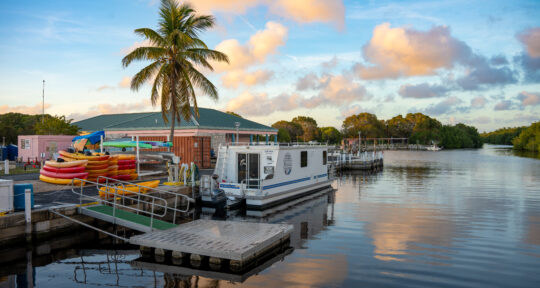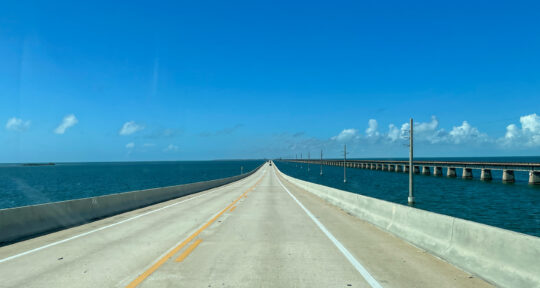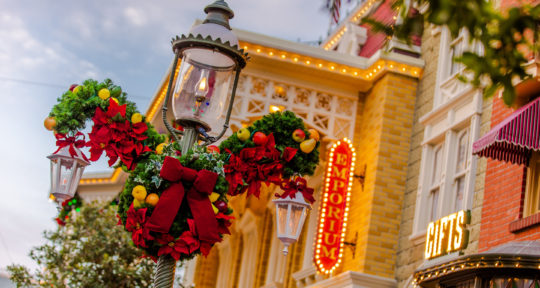In Key West, Florida’s anything-goes party town, sits one of the country’s most unusual sites. Not unusual in the way the rest of Key West is—the six-toed cats and body-paint parades—but unique for its layers of history and unexpected and interwoven identities.
I almost miss it. At first blush, Higgs Beach seems like any other beachside park. There’s a playground, pickleball courts, and a pier. It’s east of the tourist action on Duval Street, and those who do stop by often come for a swim; sandy beaches are in somewhat short supply on the island. But that’s not what makes the park special. Near the shore, the historic West Martello Tower boasts the double distinction of housing a rare tropical garden and fronting the only known African refugee cemetery in the U.S.
“There’s no other place like this,” says Veronica Guy-Stafford, who moved to Key West from Trinidad and Tobago and now hosts cultural events at the cemetery. “This combination of history and beauty, the water, the art, the garden, the story of the Africans who were buried here … it’s such a grand thing.”
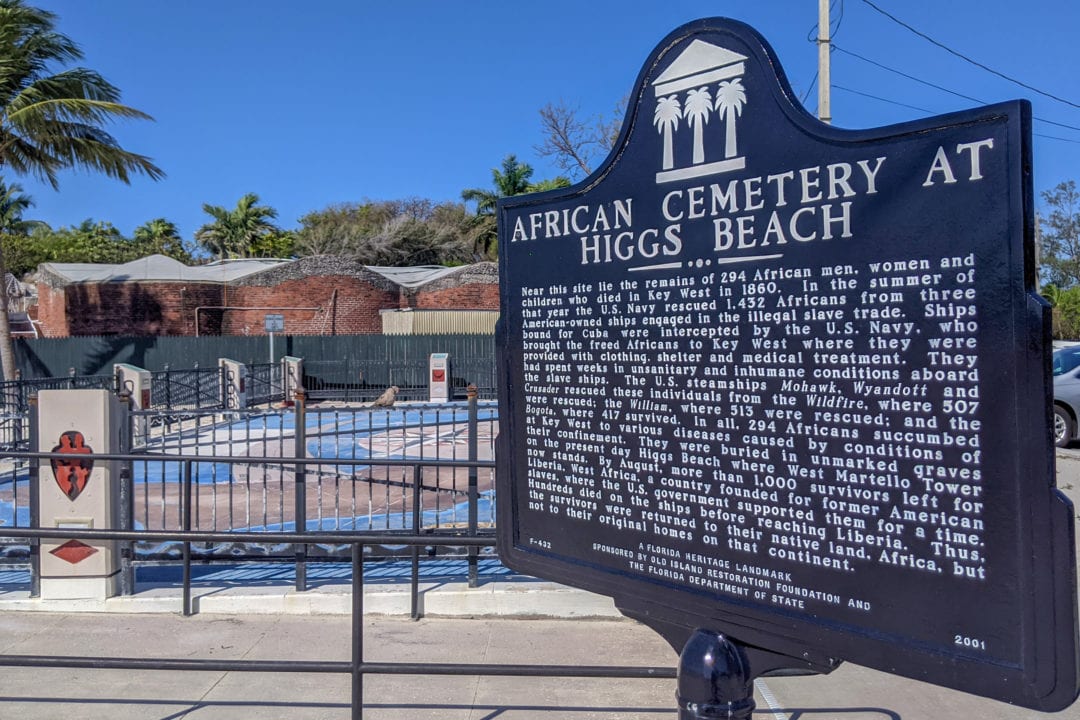
A walk on the beach
Lured by the promise of free parking and somewhat hindered by a broken toe, I’m content to spend my first morning in Key West on this laid-back beach. I hobble along, looking for West Martello Tower. I’m expecting something towering. It turns out, martellos tend to be more squat than lofty. Palm trees dwarf the ruins. But inside, an open-air garden flourishes.
“There are key lime trees, black bamboo, starfruit, orchids, gardenias, jasmine, loads of pentas, and lantanas,” says Rosi Ware, president of the Key West Garden Club, headquartered at the fort. “We’re the only public garden in the continental U.S. in this subtropical zone (11b), so some of these plants, like the endangered lignum vitae, which is the densest wood in the world, you can’t see anywhere else.”
As tiny lizards (anoles, I’m told) scurry underfoot, I wander from one themed section to another: a prehistoric garden, a shade garden, a labyrinth, a butterfly garden. The succession of garden “rooms” is borrowed from Ware’s native England, a redesign after Hurricane Irma swept through in 2017.
Ware takes it philosophically. “One of the interesting things about managing a garden in the tropics is that hurricanes can completely undo all of the work you’ve done, so one needs to remain positive,” she says.
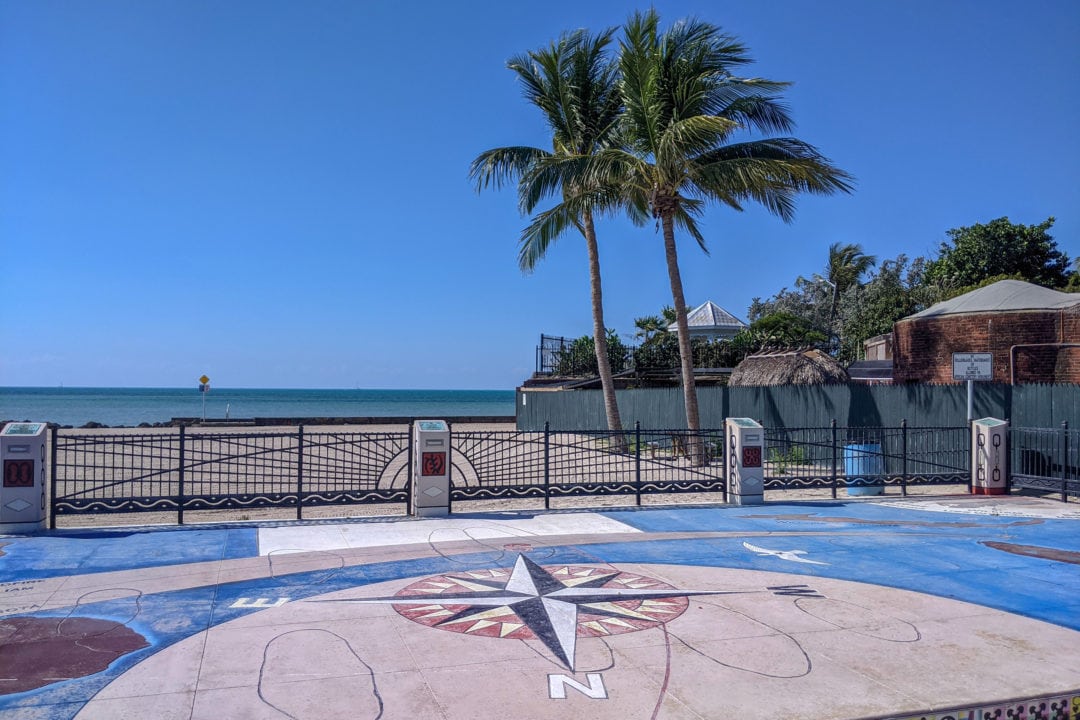
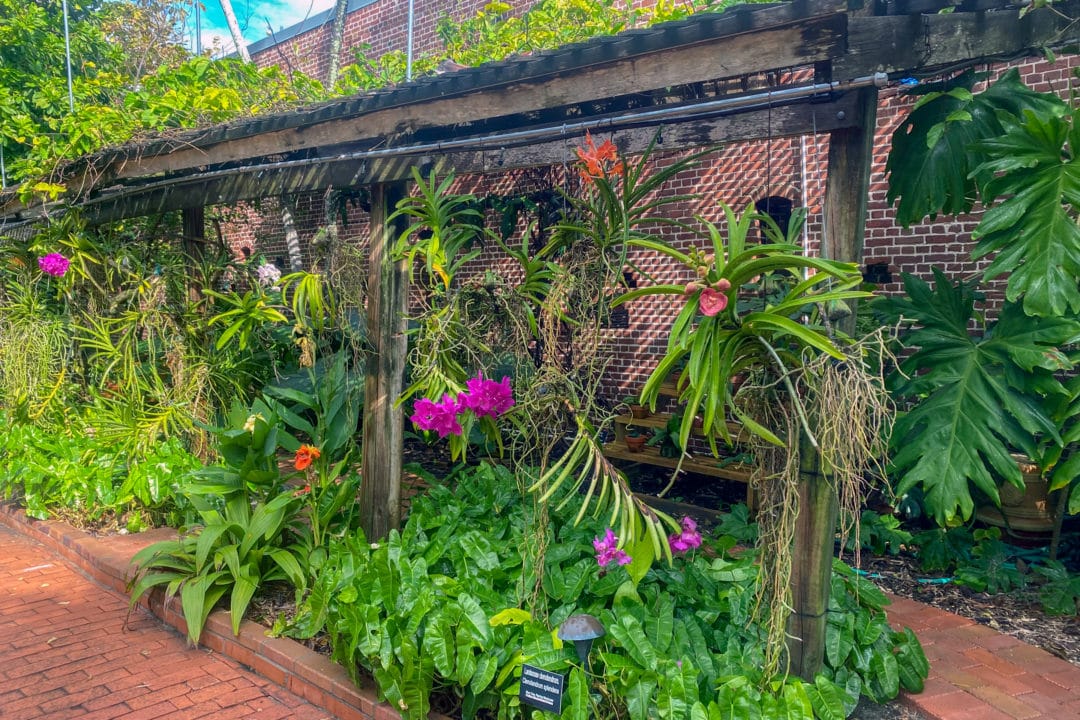
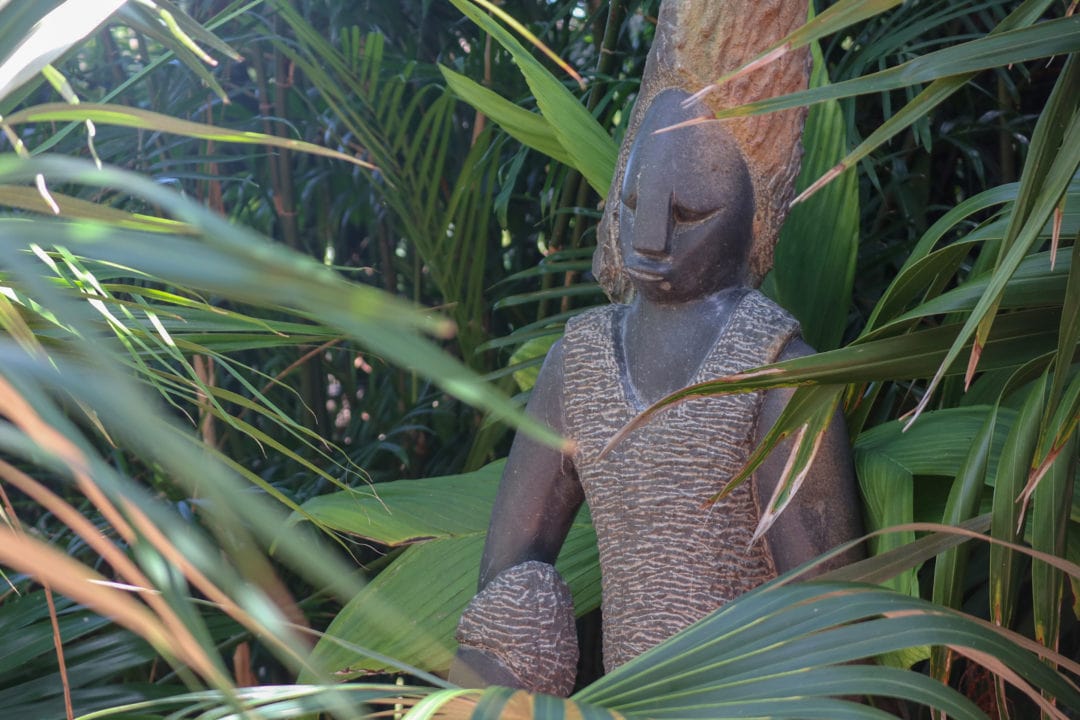
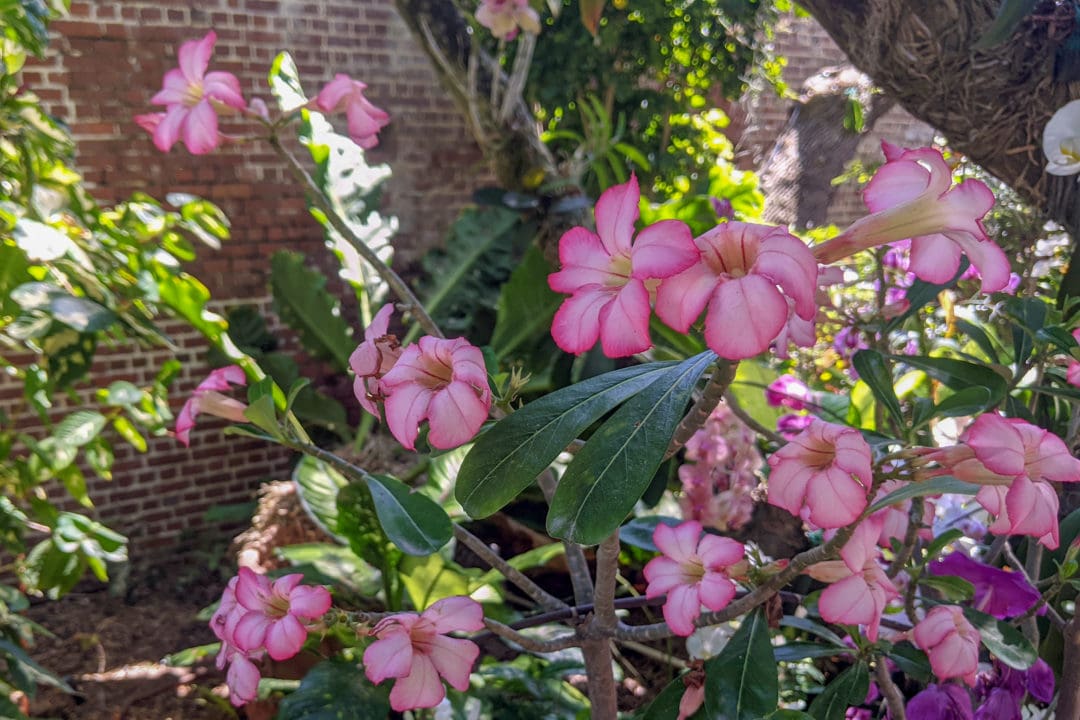
The grounds are colorful year-round—exotic blooms and greenery are set against weathered bricks, ocean views peek through in the distance. I find a bench and soak in the sunshine.
It’s seldom crowded, Ware says. Many people still don’t know about the fort. Even fewer are aware there’s a cemetery out front.
An ocean rescue
I stumble upon the cemetery by chance just steps from the fort entrance. Like the tower, which isn’t a tower, the cemetery isn’t a cemetery in the traditional sense. There are no headstones in neat rows but rather a large mural depicting an ocean voyage.
Around it, African symbols, called adinkra, are mounted on verdigris-covered plaques. Wawa aba, “seeds of the wawa tree,” represent endurance. Sankofa, “go back and get it,” reminds us that understanding the past helps build a stronger future.
“(They’re) guiding principles the people buried there would have shared,” says Corey Malcom, director of archaeology at the Mel Fisher Maritime Heritage Society. “The surrounding fence is topped with 295 pyramidal markers, one for each African buried at Higgs Beach.”
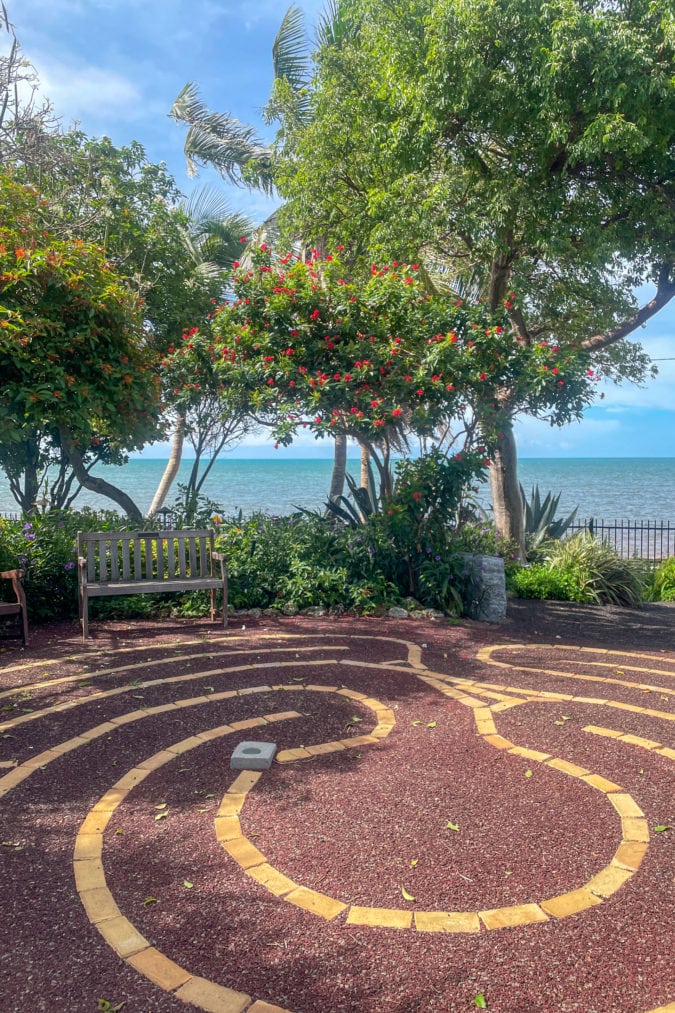
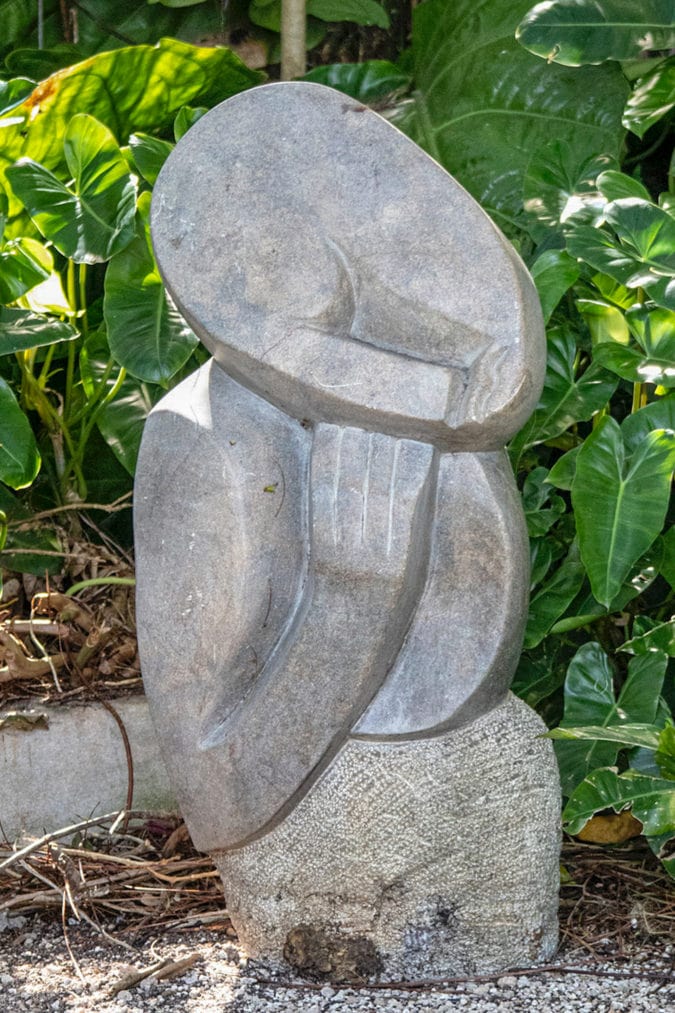
A nearby sign tells how it happened. In 1860, the Navy intercepted three ships traveling from West Africa. Though the transatlantic slave trade was outlawed, the ships carried more than 1,400 Africans, bound for the sugar plantations of Cuba. They were brought instead to Key West, the nearest port, as freed refugees, but because of the inhumane conditions on board, many succumbed to illness and were interred at Higgs Beach.
“It moved me,” says Guy-Stafford, recalling when she first heard the story. “For me, this memorial represents telling the people who come to Key West that there is a Black experience in Key West.”
Building the fort
There’s more to the story. After the Civil War started, the Union wanted to fortify the island. “They knew the burial ground was there,” Malcom says. “It actually appears on an 1861 map drawn by the Army Corps of Engineers and labeled ‘African Cemetery.’ But D.C. headquarters considered it a strategic location. The Key West engineer wrote and said, ‘Are you sure about this location?’ The answer came back: ‘Start building.’”
Touring the ruins today, you can admire high ceilings, tunnels and part of the citadel, but don’t expect cannons or other artillery. The construction that began in 1862 lagged for various reasons, and the martello was never finished or armed.
After World War II, it fell into disuse, narrowly escaping demolition when a local politician with a penchant for gardening suggested a new purpose for the fort.
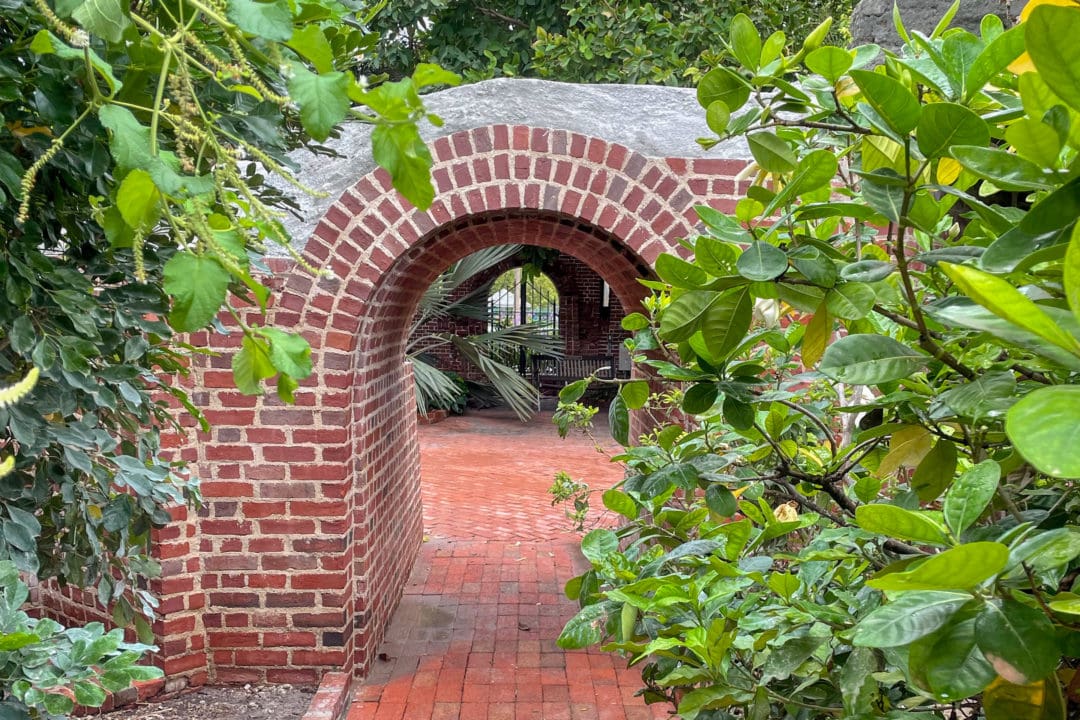
The garden, begun in 1955, successfully saved the fort, but it took another four decades for the story of the buried refugees, once forgotten, to come to light. In 2007, a memorial was installed in their honor. Now both sites, fort and cemetery, are listed on the National Register of Historic Places.
Whole again
While there are no remains directly below the fort (the Mel Fisher Maritime Heritage Society confirmed this with an archeological survey), several unmarked graves are still across the street from the memorial. Malcom says Monroe County plans to redevelop Higgs Beach Park, moving the street so the two halves of the African cemetery can be whole again.
Until then, the cemetery is the site of an increasing number of observances, most recently the first annual Juneteenth Carnival. Guy-Stafford organized the event to make the holiday more of a celebration, with dancing, food, music, and costumes—this is still Key West, after all. And the memorial was the natural setting.
“Carnival came out of African culture,” Guy-Stafford says. “Much of Carribean culture is African culture.”
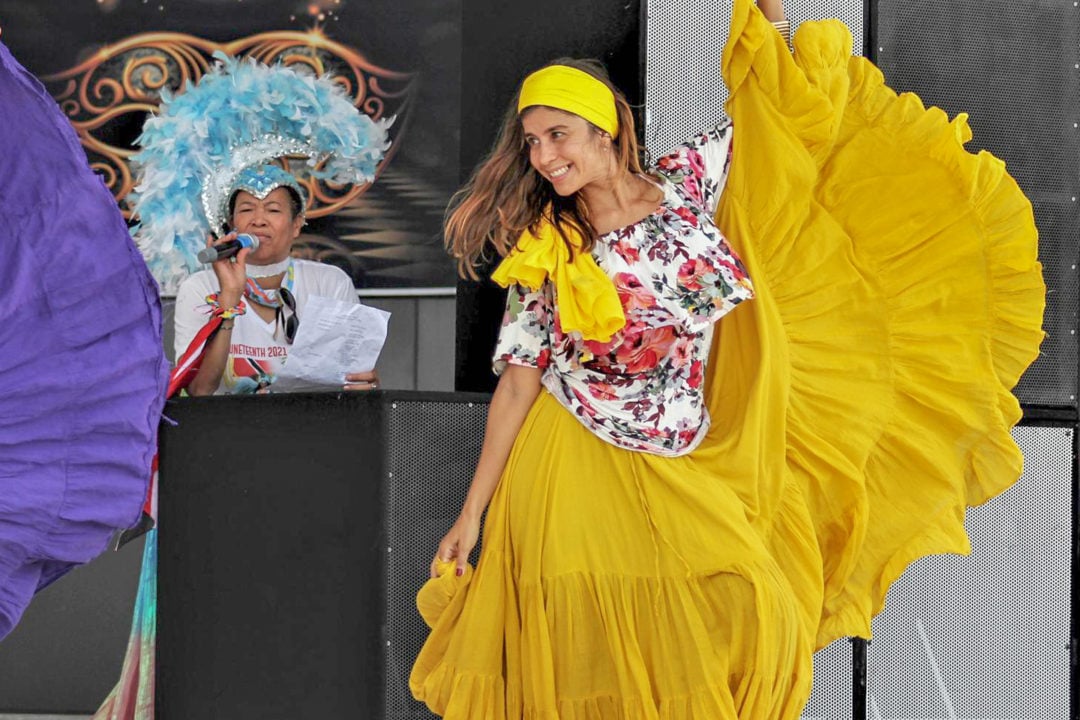
Another first, the garden recently opened its only permanent art installation, a series of six Shona sculptures. In the fort’s domed powder room, an exhibit shows photos of the statues and their connection to the cemetery. “These Shona sculptures were created by artists from the same tribes as the Africans who are now buried in the cemetery next to West Martello, creating a full circle of life and art,” Ware says.
“I don’t think people should visit Key West without going the length and breadth of this place,” Guy-Stafford says. “It’s important to experience, not just for the Black traveler but for every traveler.”
If you go
The Key West Garden Club at West Martello is open 9:30 a.m. to 5 p.m. daily. The African cemetery is open 6 a.m. to 11 p.m. daily. Admission to both is free.

